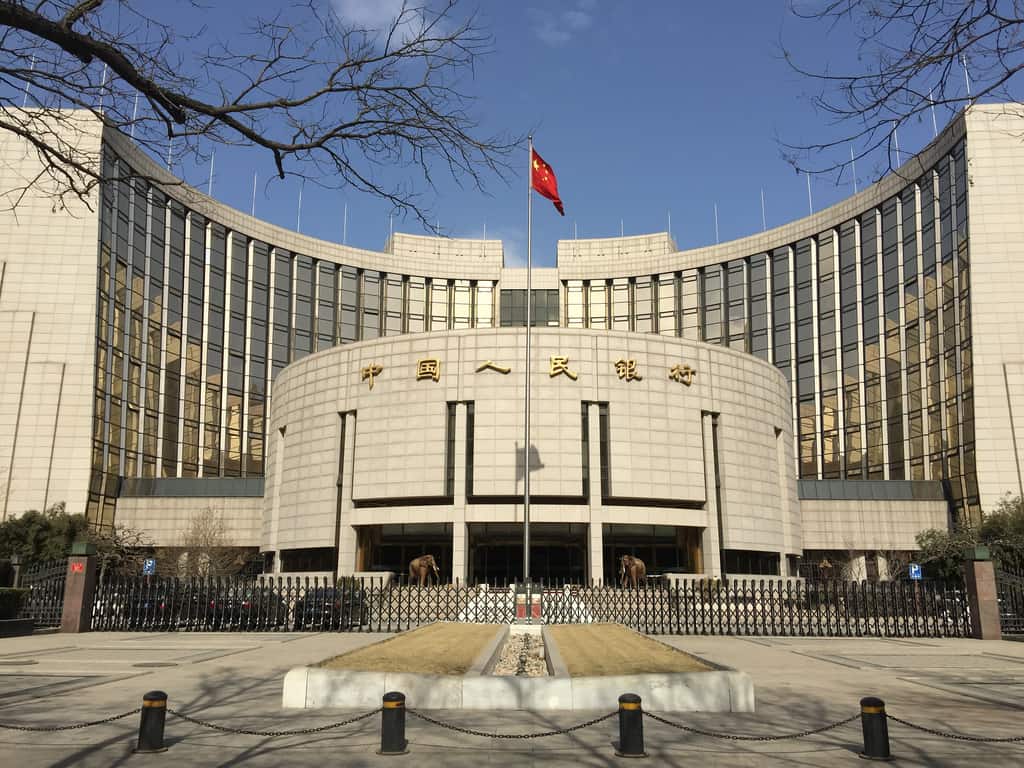A senior official from the Chinese central bank has pointed to the imminent release of its own form of digital currency.
Speaking at the 3rd China Financial 40 Yichun Forum (第三届中国金融四十人伊春论坛) on 10 August Mu Changchun (穆长春), vice-head of the payments and settlement department of the People’s Bank of China (PBOC), said that its digital currency research efforts had already borne fruit.
“Research into a central bank digital currency (DC/EP) has already proceeded for five years from 2014 until now,” said Mu. “It can be said that a central bank digital currency is on the verge of release.”
China’s central bank digital currency will employ “a two-tier operating system,” consisting of the central bank first trading digital currency with banks or other operating institutions, before these institutions then trade them with the public.
Mu said that this two-tier release system is based upon consideration of China’s national conditions, and can make use of existing resources to spur the activity of commercial banks, as well as effectively raise the level of acceptance for the digital currency.
The adoption of these two-tier operating framework is based upon four considerations:
- The issuance of a statutory digital currency in an economy as large and varied as China’s is a complex, systemic project. The use of a single-tier operating framework would mean that the central bank would be interacting itself with all of the public, creating immense challenges. The adoption of a two-tier operating framework deals with this difficulty, increasing accessibility and strengthening the willingness of the public to make use of the digital currency.
- Making full use of the resources, talent and technical advantages of commercial institutions to drive innovation and competitive selection. The central bank can engage in close cooperation with commercial banks and other institutions to “fully activate market vitality.”
- A two-tier operating system helps to dissolve risk and prevent its excessive concentration.
- The use of a single-tier operating framework would potentially lead to financial disintermediation. Under a single-tier framework the central bank would be directly providing digital currency to members of the public. Given that the central bank’s underwriting ability gives it greater competitive appeal than commercial bank deposit money, this could potentially have crowding out effects, impacting the ability of commercial banks to make loans as well as increasing their dependence upon the interbank market. Under these conditions the cost of funds would increase, raising the cost of social financing and impeding the real economy.
Mu Changchun also emphasised that the Chinese central bank’s DC-EP would maintain a centralised operating model, as opposed to cryptocurrencies that are decentralised in nature.
“At present we are racing horses, with several designated operators adopting different technical paths for DC/EP R&D” he said.
“Whoever’s path is good, whoever is finally accepted by ordinary citizens and the market, will be the one who eventually wins the race.
“Consequently, this is a process of market competition for selection of the best.”
Mu also said that the two-tier system “would not change the credit-debt relationships of money in circulation,” and that central bank digital currency would still be debt of the central bank for which the central bank provides a credit guarantee.
The two-tier system will not change the existing monetary release system or compete against the deposit money of commercial banks in China. Because it will not impact existing monetary policy transmission mechanisms, PBOC believes it will not exacerbate pro-cyclical effects under pressure conditions.




